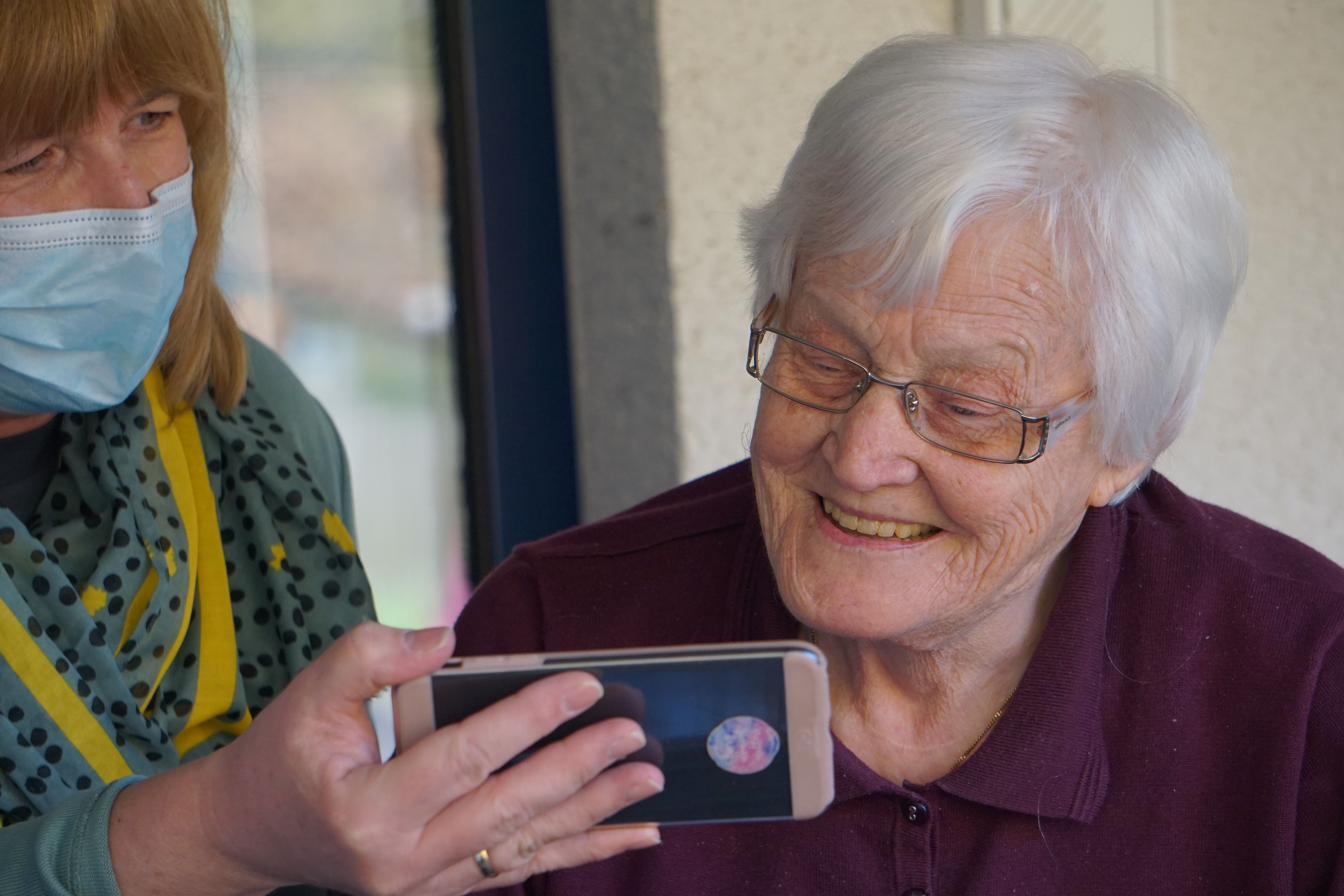Novel Approaches to Reducing LTCF COVID-19 Transmission
A study paired long-term care facilities (LTCF) staff who were recovered with susceptible residents to help reduce transmission. The goal was simple: pair those susceptible staff and residents with those who were recovered and felt to have protective immunity.

Nursing homes and LTCF have been extremely hard hit by the SARS-CoV-2/COVID-19 pandemic. In the United States, COVID-19 has caused 655,110 cases in nursing home residence and 132,608 deaths, according to the Centers for Medicaid and Medicare Services (CMS). Among those staff working in nursing homes, there have been 583,756 cases and 1931 deaths. It has been estimated that of those living in LTCF within the United States, 8% died of COVID-19.
The impact to this particular patient and healthcare worker population is astounding and one that wholly underscores a deeply-rooted vulnerability. Early in the pandemic, testing was a hurdle that we struggled to overcome. If testing was more widely available though, what would transmission be within nursing homes? Moreover, what about cohorting patients and staff who had recovered from COVID-19 with those who were susceptible?
A new research study from researchers at Harvard Medical School, Harvard T.H. Chan School of Public Health and Brigham and Women’s Hospital, addressed this within JAMA Network. The goal was to understand and evaluate transmission of SARS-CoV-2 within nursing homes when certain interventions were in place—specifically routine screening testing and pairing staff/residents who were recovered with susceptible residents to help reduce transmission. The goal was simple—pair those susceptible staff and residents with those who were recovered and felt to have protective immunity. For recovered residents, they were moved back into non-COVID-19 cohorts once they were recovered and were prioritized for new roommates.
For staff, this meant that those considered immune (recovered) were placed in the non-COVID-19 unit, “leaving susceptible staff to work in the COVID-19 unit” with adequate personal protective equipment. Meaning, that by breaking up susceptible groups who could spread it between each other and by replacing susceptible contacts with recovered contacts, they could cut transmission. Utilizing an agent-based susceptible-exposed infectious-recovered model between July and September of last year, the simulation included 100 residents and 100 staff across 3 shifts. Residents were categorized based upon COVID-19 diagnosis. Screening was done with two types of tests (rapid antigen and PCR) done at varying frequency.
The authors noted that “among the simulated cohort of 100 residents and 100 staff members, frequency and type of testing were associated with smaller outbreaks than the cohorting and staffing interventions. The testing strategy associated with the greatest estimated reduction in infections was daily antigen testing, which reduced the mean cumulative incidence proportion by 49% in absence of contact-targeted interventions.
Under all screening testing strategies, the resident cohorting intervention and the immunity-based staffing intervention were associated with reducing the final estimated size of the outbreak among residents, with the immunity-based staffing intervention reducing it more (eg, by 19% in the absence of testing) than the resident cohorting intervention (eg, by 8% in the absence of testing). The estimated reduction in transmission associated with these interventions among staff varied by testing strategy and community prevalence.”
As the authors note, utilizing routine screening testing for not only residents, but also staff could help reduce the spread of COVID-19. Furthermore, utilizing an immunity-based approach to staffing could also help reduce transmission. These findings are particularly important and while they may require some operational hurdles for nursing homes to recover, they offer alternatives for reducing transmission within these high-risk environments.
